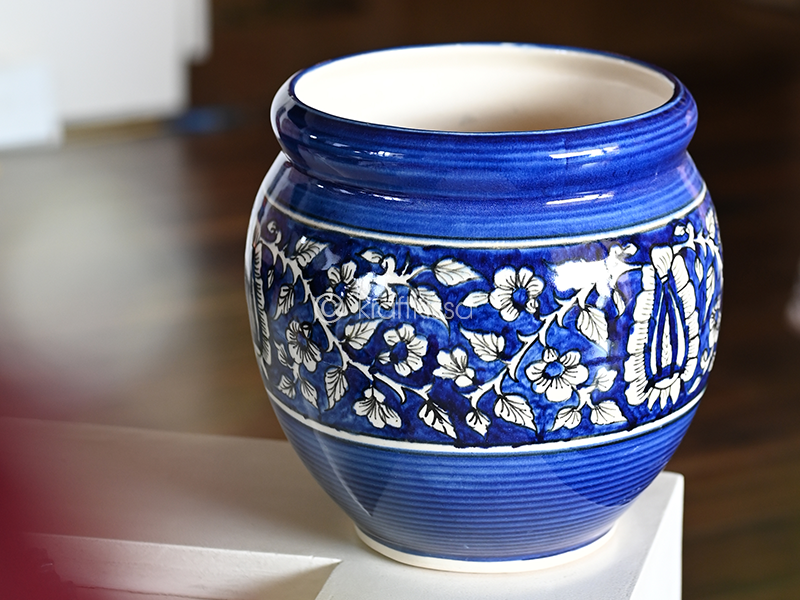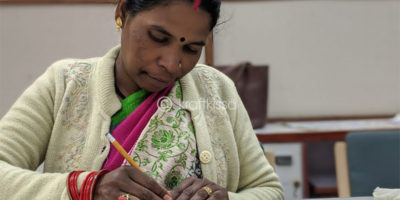
All fired up and glazed: Khurja Pottery, enwrapped in history

A lady who bought a set of ceramic bowls from us the other day was ecstatic about her purchase. She told us that she had bought them for gifting her friends but was now having second thoughts. She wanted all three bowls for herself! We told her that is exactly the effect Khurja pottery has on all of us – they are exquisite, sturdy and the designs have a distinct touch of royalty about them. Who wouldn’t want a piece of royalty in their home!
The customer was surprised and told us she had never heard of it before and thought it was just painted ceramic. So, we thought it would be a great idea to tell you a little about Khurja pottery that has been thriving in India for more than 500 years.
This special glazed pottery is manufactured in a city called Khurja, 20 km from Bulandshahr district in Uttar Pradesh and hence, its name. It is said that the main inhabitants of Khurja are the Pashtuns, who in all probability, are members from the Kheshgi Dynasty of Timur Lang’s army. Timur, the Turco-Mongol conqueror, had invaded India in 1398 and the story goes that he left behind this legacy of artistic pottery.
We at Kraft Kissa were lucky to find one of the best potters in the business, whose designs are effortlessly elegant and high-class. Talha’s adroitness with moulding the clay and using the paint brush are simply outstanding.
Whether it came from Syria, Egypt or Multan, Khurja pottery is recognised as traditional Indian pottery and continues to flourish even today. Demand for Khurja pottery is not limited to India alone, it is very popular for its classy designs and expert crafting and is exported all over the world.
Swiftness of the hand, patience and dexterity with a paint brush are the principal highlights of this craft. At first, a specially prepared clay-mixture is ground for over 15 hours to achieve superfine consistency. A mould is used to shape the clay for large items and spun repeatedly on the wheel to get rid of bubbles and get a smooth product.
Smoothing and polishing with sandpaper is followed by painting of exquisite motifs and designs, which could be either contemporary or Mughal art. The pottery is then glazed to give it a glossy look and provide weather-proof coating before it is fired in a temperature-controlled kiln.
Every piece made in this process is a unique product and the best part is they are all handmade. So, the next time a guest asks you about the beautiful ceramic bowls that you were serving your home-cooked meal from, let them know about the uniqueness of its origin and continuity.



